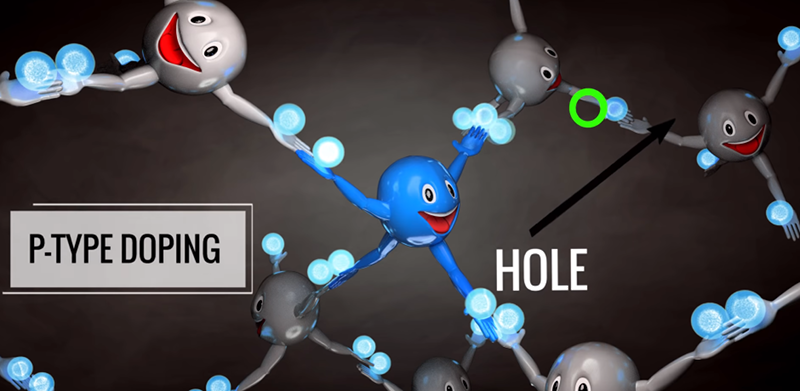When we were in school, every description of how transistors work was pretty dry and had a lot of math involved. We suppose you might have had a great instructor who was able to explain things more intuitively, but that was luck of the draw and statistically unlikely. These days, there are so many great videos on the Internet that explain things that even if you know the subject matter, it is fun to watch and see some of the great animations. For example [Sabin] has this beautifully animated explanation of how MOSFETs work that you can see below.
It uses the same basic graphics and style as his earlier video on bipolar transistors (second video, below) which is a great one to watch, too. In all fairness to your electronics teacher, the kind of graphics in these videos would have cost a fortune to do back in the 20th century — just watch some of the videos we talk about in some of our historical posts.
Even if you are well versed in device physics, these videos are great if you want some help explaining electron and hole motion through semiconductors. One thing we were pleased to see is the smiley-faced electrons don’t frown when they are doped like on the bipolar transistor. We hate to think of our friendly electrons being unhappy.
In today’s world, you can get by without knowing how devices work. After all, a Raspberry Pi works great without knowing what’s happening at this level. Of course, you can drive a car without understanding the engine, but you can bet every driver at the Indy 500 knows exactly how the engine works.
If you want a more hands-on look at using FETs, we did that. Once you understand what’s really happening at the electron level, it makes reading about semiconductor advances more interesting.
















“In all fairness to your electronics teacher, the kind of graphics in these videos would have cost a fortune to do back in the 20th century”
One of the reasons Amiga was popular. Also the graphics would have used more traditional methods.
These have to be the best videos explaining how transistors work that I’ve ever seen. I have already watched some of the other video by Patreon on other engineering topics and they’re equally as good at explaining engineering principles in easy to understand terms.
Yes great videos but really wish people would not use robot voices as they are really nasty and distracting.
I was explaining BJT transistors with a reference to the King Kong movie.
In one scene, the heroes are chased by dinosaurs. They dodge onto a side path, and all the dinosaurs fall [or are pushed] over the edge of a cliff.
The dinosaurs are current, the side path is the base, and the cliff is the [reverse biased] base-collector junction.
Is it just me, or the electron flow is really the opposite of the video? Ie. the battery are flipped.